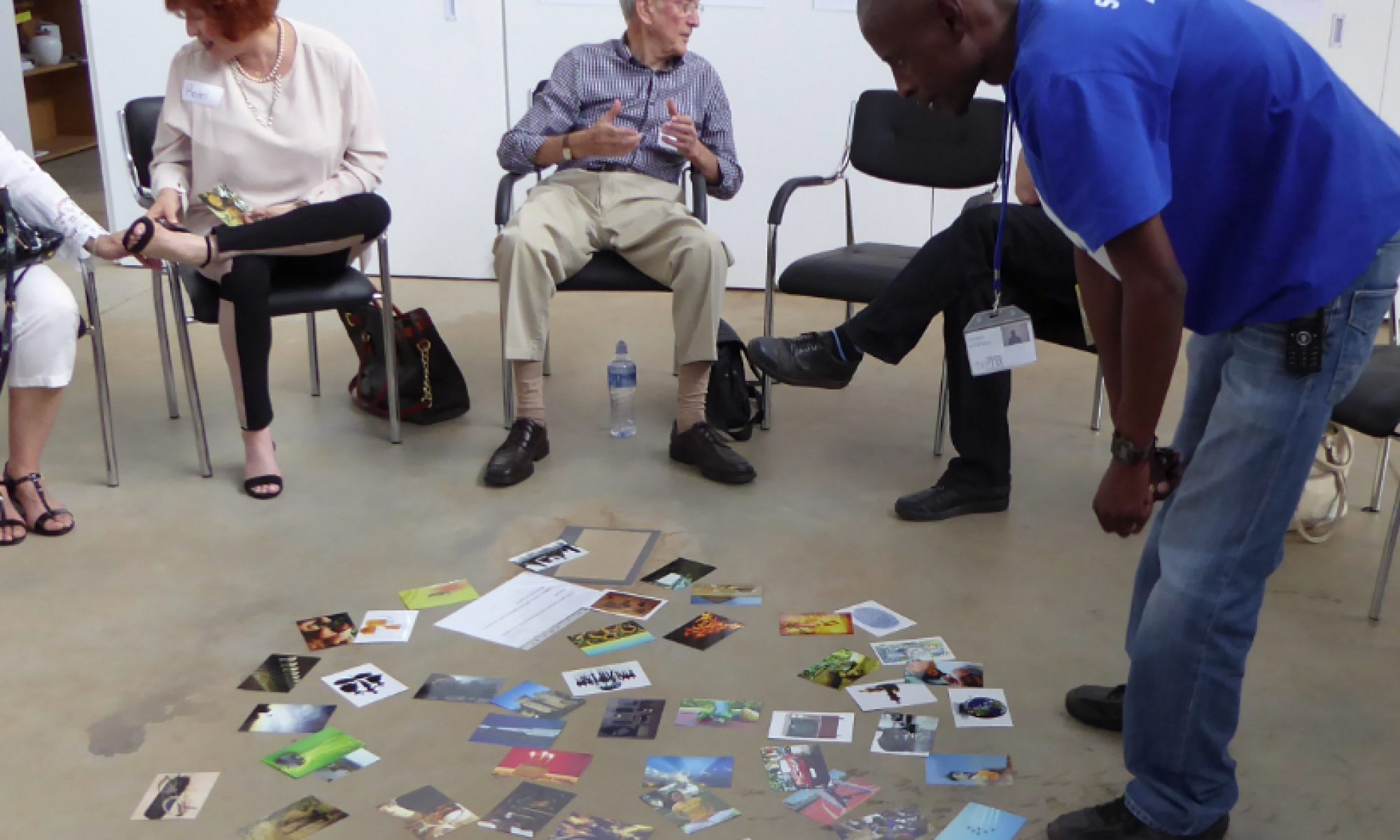Basic human contact – the meeting of eyes, the exchanging of words – is to the psyche what oxygen is to the brain. If you’re feeling abandoned by the world, interact with anyone you can.
Martha Beck – oh Mrs Beck, how wise you are. For it is in human interaction where life happens.
This blog is the first in a series of 8 to follow after each workshop in the Level One Improvisation Course. It will serve as a space and platform to say things you may have thought of on the way home from class, to share thoughts relating to our course ,that occur when you are at work and also for you to cement the concepts we practised in your mind.
Last week we were a large, brave group embarking on a “Survival of the authentic and the vulnerable” journey. A journey that fosters courage to be yourself in a safe space. I think it’s important to just commend you right here for taking that bold step into the unknown and engaging with themes and activities that may fall well outside of your daily path.
The workshop’s theme was “Play”, but as we progressed I realised it was more about vulnerability. We don’t always see the force hidden inside this gentle word.
First up was “What I need to say”
This is a simple exercise where participants pair up and each person is afforded an opportunity to state what they need to say to be fully present. In other words… thoughts keep us from being present. Either thoughts of the past or thoughts of the future. This exercise helps bring us into the light and into the present moment. The packing power of the exercise lies in the fact that our partner repeats our exact words back to us and vice versa… So not only can you say what you need to say, but you are ensured that someone is listening.
Then we paired up again and played “ Super Hero Stories” . In this game we ask our partners to tell us 2 things. 1. The story of their name…it’s origin and meaning and 2. Why they joined the class. We as the partners have to listen carefully to what the other person says as we will need to not only repeat the information, but we’ll introduce our partner to the rest of the class…and in addition to this we will add a superhero characteristic to our partner… We make them look good. This is FUNDAMENTAL in becoming a good improviser and a happy human. Focus not on yourself, but on your partner, and make them look good.
Next up was “Name Circle”. In this exercise participants stand in a circle. One player makes eye contact with another player and walks toward them. That person must then make eye contact with another player and walk towards them. This is a great game to learn everyone’s names and react in the moment.
After this we played a set of games all relating to each other… “ 123” , “I failed” and “123 sentences”.
In 1 2 3 participants pair up again and one after the other count to 3. Person A starts by saying 1, Person B then follows with 2 and person A ends with 3… sounds easy, but not so simple… some of us tried to establish the pattern, some of us were rushed and forgot the sequence.. and then to add to the challenge, the nr 1 was replaced with a sound and a move. So now person A make a sound and a move and person B responds with 2, person A ends with 3 and then person B starts with the sound and move. Then more layers were added. We ended up with no numbers, only sounds and moves. This games teaches us to stay put in the moment, to challenge old habits and to focus on our partners.
Inevitably , everyone made a mistake. This brought us to the next FUNDAMENTAL in improvisation… there are no mistakes. Mistakes are embraced and celebrated by accepting them and then building on them. Here Burgert taught us the “circus bow”. In this game participants each get a chance to step forward, say “I failed” and bow. After each bow the rest of the participants give a warm round of applause.
Lastly we played “ 123 sentences” , a wonderful game for teaching us to listen and respond in the moment without planning.
And this is only the beginning. Improvisation is a new language that will help you to connect with yourself, others and your own unique creativity.
Looking forward to seeing you at the next class.
Luci
Ps. Check out this TED Talks by Brene Brown about the Power of Vulnerability

